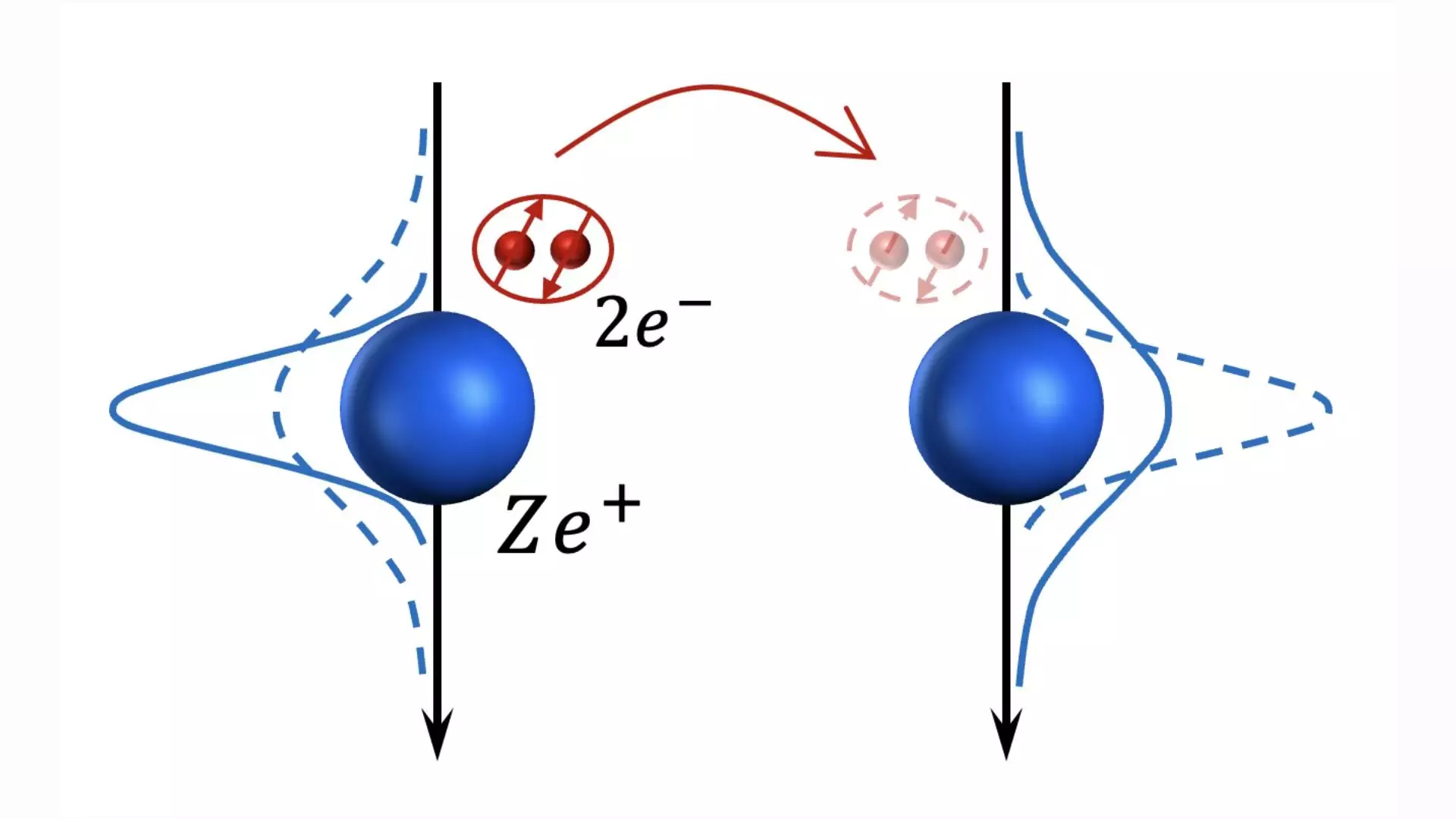Superconductivity, a phenomenon characterized by resistance-free electrical conductance, has been a subject of intense study for many years. A recent study published in Physical Review Letters (PRL) delves into the potential of quadratic electron-phonon coupling to enhance superconductivity through the formation of quantum bipolarons.
Electron-phonon coupling refers to the interaction between electrons and lattice vibrations known as phonons. This interaction is vital for superconductivity in certain materials as it aids in the formation of Cooper pairs, which are pairs of electrons bound together by attractive interactions. The study focuses on exploring the effects of quadratic electron-phonon coupling, where the interaction energy is proportional to the square of the phonon displacement.
Linear coupling is the more commonly studied form of electron-phonon coupling, where the coupling is proportional to the displacement of the phonons. On the other hand, quadratic coupling depends on the square of the phonon displacement. While linear coupling is prevalent in most superconducting materials, it often faces limitations in terms of critical temperature due to weak or strong coupling regimes.
Materials with linear electron-phonon coupling typically exhibit critical temperatures below 30 Kelvin, limiting their superconducting properties. The weak coupling regime results in low binding energy of Cooper pairs, while strong coupling leads to high effective mass of the pairs, both of which suppress superconductivity. Efforts to increase critical temperatures in materials with linear coupling have been hindered by these limitations.
Researchers have turned their attention to materials with quadratic electron-phonon coupling to explore potential enhancements in superconductivity. By extending the Holstein model to incorporate quadratic coupling, the study investigates the formation of quantum bipolarons, which can exhibit superconductivity at higher critical temperatures than traditional linear coupling mechanisms.
Unlike linear coupling, where electron-phonon interactions are mainly classical, quadratic coupling introduces quantum fluctuations of phonons and zero-point energy, leading to the formation of quantum bipolarons. These bipolarons offer a unique mechanism for pairing electrons and achieving superconductivity at temperatures set by their effective mass and density. The enhanced mobility of quantum bipolarons results in a more stable superconducting state with higher critical temperatures compared to linear coupling.
The researchers emphasize the need to further explore the optimal regime of coupling strength for superconductivity and urge experimentalists to investigate superlattice materials with large quadratic electron-phonon couplings. By utilizing specifically engineered superlattices for electrons, there is potential for significant enhancements in superconducting transition temperatures. The creation of superlattices through patterning or interfaces between materials could pave the way for realizing the type of superconductivity predicted in this study.
The study sheds light on the promising potential of quadratic electron-phonon coupling in advancing superconductivity and highlights the importance of exploring alternative coupling mechanisms to push the boundaries of high-temperature superconductivity. By unraveling the mysteries of quantum bipolarons and their role in enhancing critical temperatures, researchers pave the way for future innovations in the field of superconductivity.


Leave a Reply
You must be logged in to post a comment.